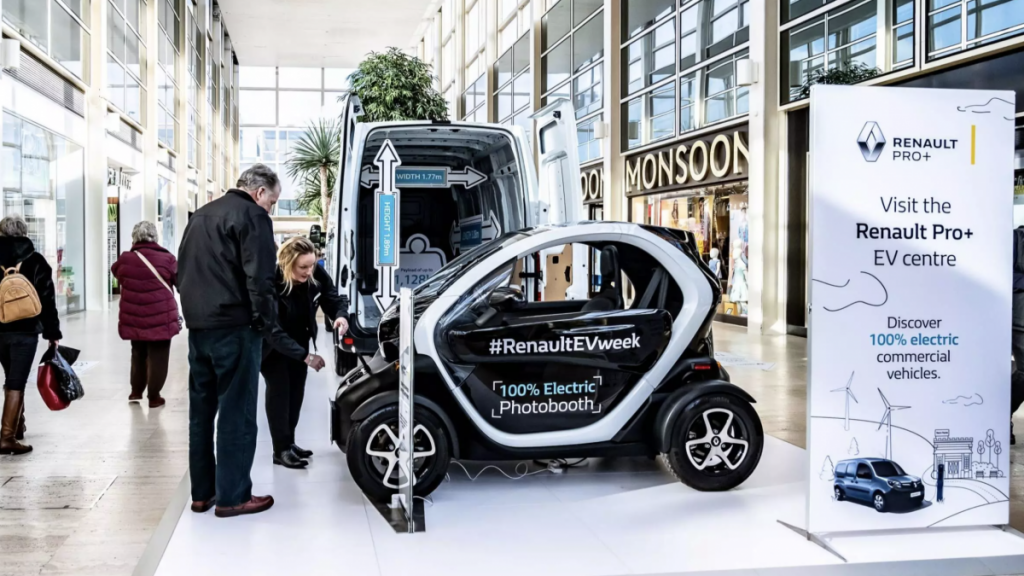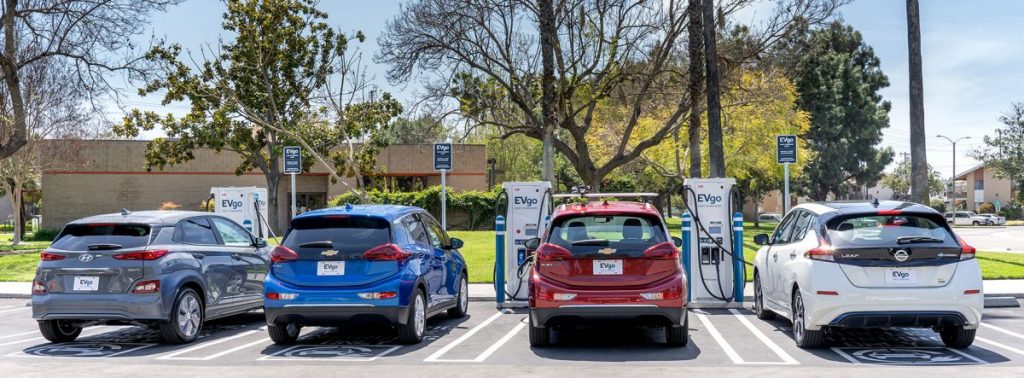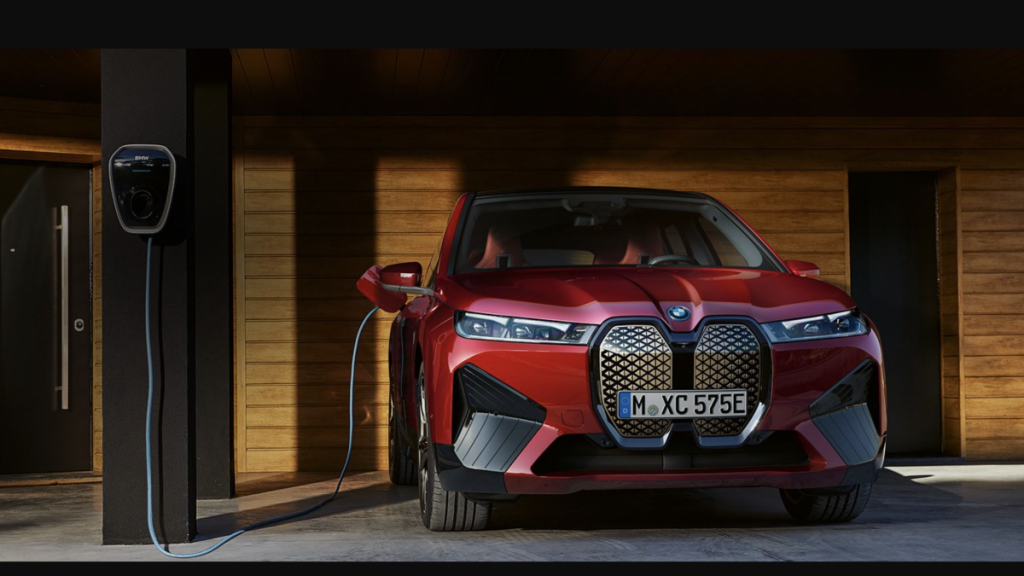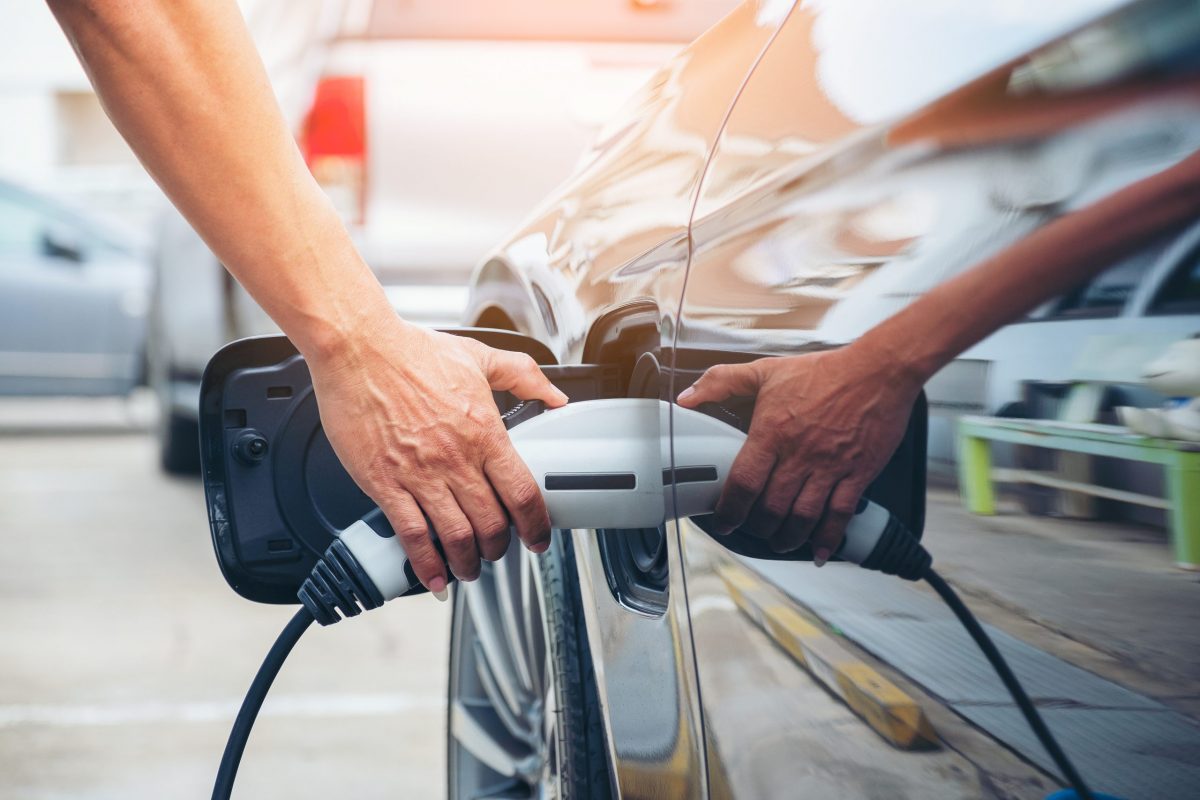Way back in 1832, Robert Anderson developed the world’s first electric vehicle (EV), signalling a historic first step. Since that time, gasoline and diesel have been the dominant energy sources for all passenger and commercial vehicles, with EVs seemingly lost in the future.
But today, people are opting for greener choices in all aspects of life—with EVs being a core component of efforts to decarbonise transportation. According to energy watchdog Ofgem, one in four UK households will buy an EV in the next five years, meaning more than 6.5 million households will invest in an electric or plug-in hybrid model.
There’s now more momentum than ever to get behind the wheel of an EV, just look at this year’s CES which was dominated by EV. news. And from a policy perspective, the UK government is committing to ending the sale of new gasoline and diesel cars by 2030, a game changing milestone in the EV market. It’s not just the UK either; the rest of Europe is following suit, with an estimated 33-40 million electric cars on European roads by 2030.

With lower running costs, no congestion charges to pay for a growing number of cities, and reduced polluting greenhouse gases, it’s easy to see why electric cars are becoming the go-to option. Despite the vast benefits EVs provide, there are still obstacles that must be overcome before mass adoption is a reality.
Breaking down barriers
The International Energy Agency (IEA) says that more needs to be done to meet 2030 and 2050 Net Zero emissions targets. Charging infrastructure might not be an issue for people who charge a second EV at home, but improvements are needed particularly for heavy-duty vehicles, which today have higher up-front costs than their diesel-powered equivalent. Electric heavy-duty vehicles have only really taken off at scale in China thus far.
The IEA says charging at homes and workplaces are likely to supply much of the demand overall, but the number of public charge points still needs to expand ninefold and reach over 15 million units in 2030, to meet the levels envisaged and provide consumers with adequate and convenient coverage. There is also wide variation between nations across Europe and further afield regarding charging infrastructure. Murmurings from users point also toward inadequacies for EV charging points, some even broken or inoperable, whereby EV connected services providers can play an important mitigation role.
Additionally, supply chain issues have affected batteries and other critical components required for EVs. However, these may be ironed out in the medium to long term, as technology and sourcing for batteries especially develops, ensuring that opportunities to diversify are able to be found.

EV momentum builds
When EVs first came onto the scene, range anxiety and inadequate charging were big issues, both of which are improving with the increases in public and private sector investment. The UK government’s £950m (US$1.1bn) rapid charging fund is a positive step toward preparing motorways and major A road service area operators for EVs. This includes plans to ensure at least six rapid charge points are installed at every motorway service station in England by 2023.
What’s more, as predicted by the US Energy Information Administration (EIA), EVs will grow from 0.7% of the global light duty vehicle (LDV) fleet in 2020 to 31% in 2050, reaching 672 million EVs. Nearly every global automaker has set ambitious targets for vehicle electrification by 2030.
For commercial vehicle fleets operating on low margins, the anticipated savings from EV maintenance costs are appealing. EVs are more fuel-efficient, and many drivers report a smoother driving experience. Annual tax and maintenance costs are estimated to be 49% lower than for ICE models in the UK alone.
As sustainability increasingly becomes front of mind for investors and shareholders, logistics and retailer companies will naturally seek to boost their reputation by investing in EVs—so there really is a 360 benefit.

The road ahead
EVs are booming in popularity across the globe, not only due to their credentials in reducing carbon emissions and helping reach net zero targets, but also due to a growing number of countries limiting the sale of new diesel and gasoline cars.
And while challenges remain, UK consumer appetite for EVs shows continues to grow, accounting for almost a fifth of new car sales in the second half of 2022. While adoption might be slower, demand is expected to be matched on a commercial side, as businesses assess the benefits versus the time and investment to switch to electric. It’s clear however, that the upward curve of EV adoption isn’t slowing anytime soon.
The opinions expressed here are those of the author and do not necessarily reflect the positions of Automotive World Ltd.
Ronak Amin is Product Marketing Manager at Here Technologies
The Automotive World Comment column is open to automotive industry decision makers and influencers. If you would like to contribute a Comment article, please contact editorial@automotiveworld.com



